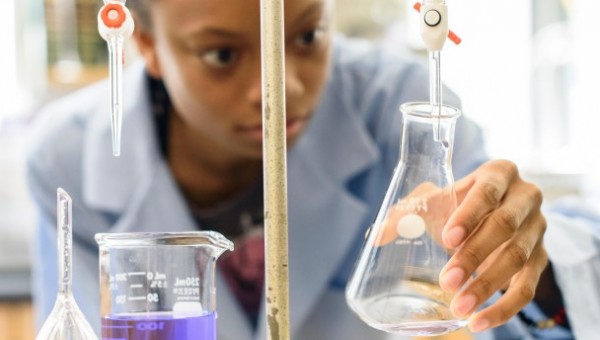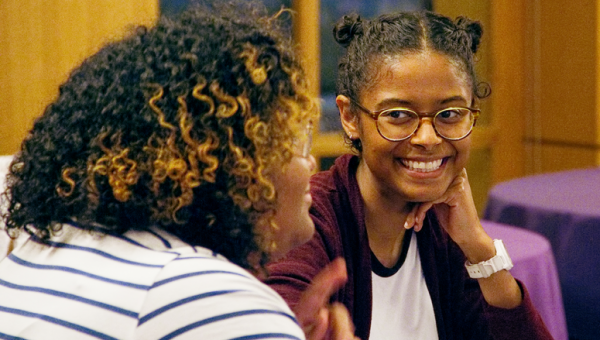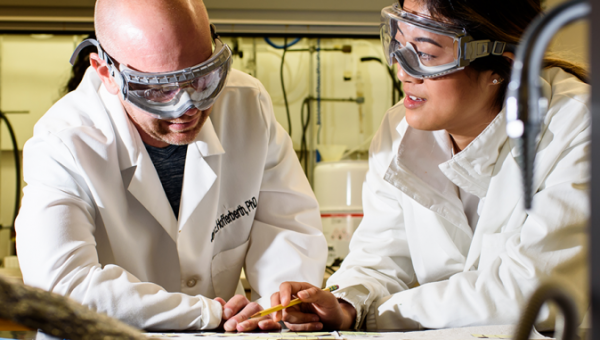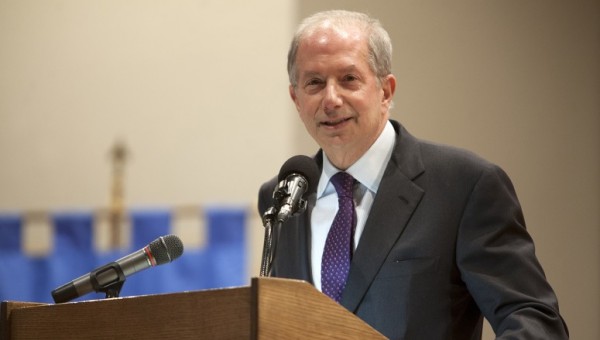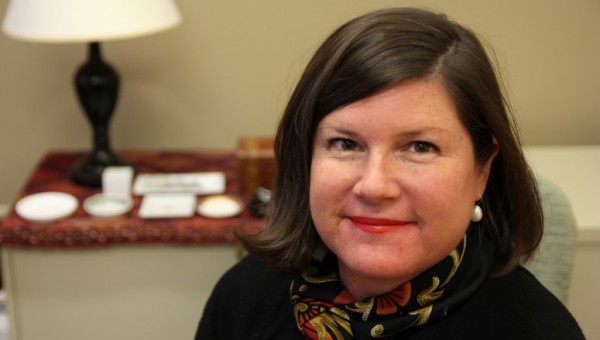Our Progress: Priority II
We are making important progress on the priorities set forth in our Kenyon 2020 strategic plan. The following highlights recent initiatives undertaken to advance these goals.
Priority II: Strategically use Kenyon’s resources to attract, retain and graduate an academically excellent and diverse student body.
This second priority of Kenyon 2020 addresses the challenging and necessary work to make Kenyon more accessible for students from a diverse range of backgrounds and opening up pathways of opportunity. Building the endowment in order to reduce our dependence on tuition dollars will be central to our ability to achieve this goal. Efforts on this front so far include:
• Laying the groundwork for a comprehensive campaign that will increase our endowment, and our ability to offer financial aid.
The single biggest priority of the comprehensive campaign that will go public this fall is to boost endowment for financial aid, which is the fastest growing item in Kenyon’s operating budget. Twelve percent of the financial aid budget currently is supported by the endowment, and the comprehensive campaign aims to increase this percentage to 20 percent. Initiatives led by generous donors are moving us closer to meeting this goal. Last year, with the leadership of former Board of Trustees chair Barry F. Schwartz ’70 H’15, we kicked off an effort to raise $20 million to establish the President’s Fund, aimed at giving Kenyon the financial capacity to bring more talented underrepresented students from low-income backgrounds to Kenyon. And, as part of an additional effort to raise funds for financial aid, an anonymous donor offered up to $2.5 million to encourage and match gifts of $250,000–$500,000 to new or existing need-based scholarship funds.
• Strengthening programs aimed at recruiting and retaining students from underrepresented backgrounds.
Last fall, we celebrated the 10th anniversary of the Kenyon Educational Enrichment Program (KEEP). More than 200 students have participated in this signature initiative of Kenyon’s, and with help from a nearly $1 million grant from the National Science Foundation, we added a cohort of 12 STEM-focused students last summer — bringing the number of KEEP student opportunities each summer to 36. By continuing to boost KEEP as well as other successful programs such as the Kenyon Academic Partnership (KAP), Camp 4 and Recognizing Each Other’s Ability to Conquer the Hill (REACH), we will continue to cultivate a pipeline for talented students to enroll in and thrive at Kenyon. This work is reinforced by outside support: in 2017, the Howard Hughes Medical Institute awarded Kenyon a $1 million grant to support faculty as they instill new pedagogies and curricular changes aimed at bolstering inclusion of underrepresented students in the sciences. Faculty leadership has been crucial to the success of these efforts, and to mentorship initiatives such as the Clare Boothe Luce Undergraduate Research Program.
• Joining enrollment initiatives centered around expanding access.
As a 2017 New York Times column highlighted, Kenyon enrolls more students from the top 1 percent of the nation’s income distribution than students from the bottom 60 percent. We can, and must, do better at opening up opportunity for more lower- and middle-income students. Last year, we joined the American Talent Initiative, a coalition of 100 schools with high graduation rates that are working together to expand access to higher education. This effort is supported by our participation in Turning the Tide, an initiative we joined in 2015 to reimagine admissions requirements, as well as by our work with RaiseMe and the Coalition for Access, Affordability, and Success. Participation in these efforts publicly commit Kenyon to its goal of enrolling diverse classes of talented students from all backgrounds. We have made progress on this goal: the classes of 2021 and 2022 are two of our most racially diverse classes, ever. But, we have much work ahead of us to boost our socioeconomic diversity; our percentage of Pell-eligible students has largely held steady for the past decade and is at 10 percent for the incoming Class of 2022, a modest uptick from the 9 percent of Pell-eligible students in the Class of 2021.
